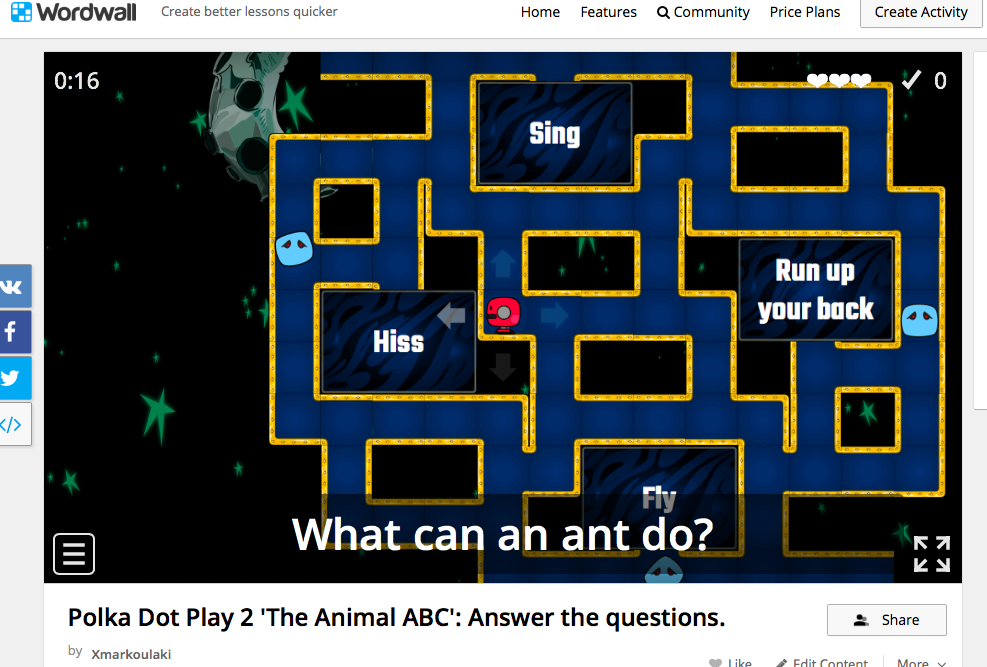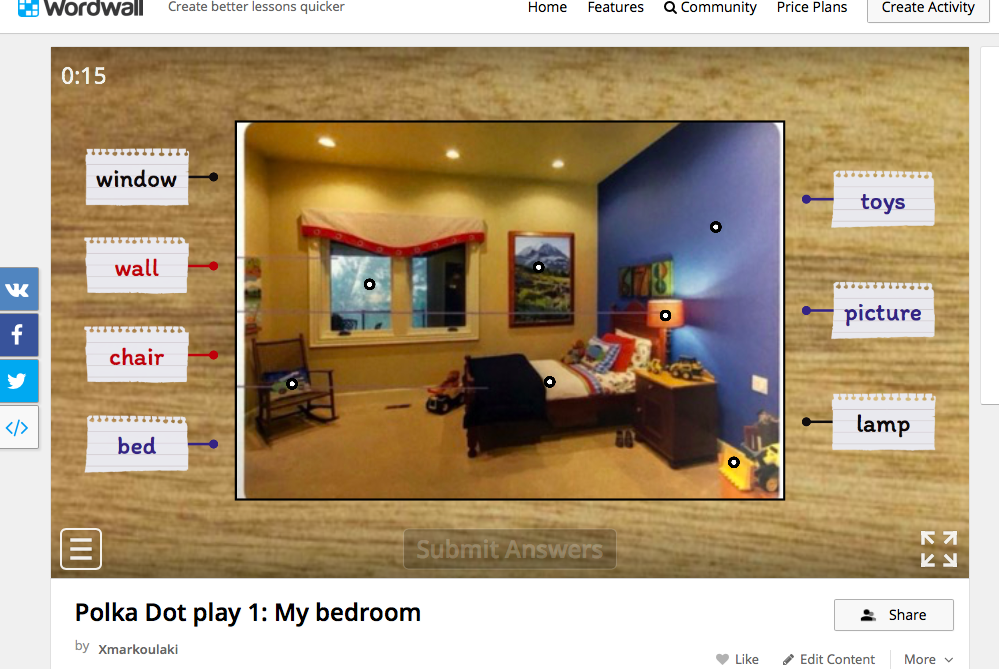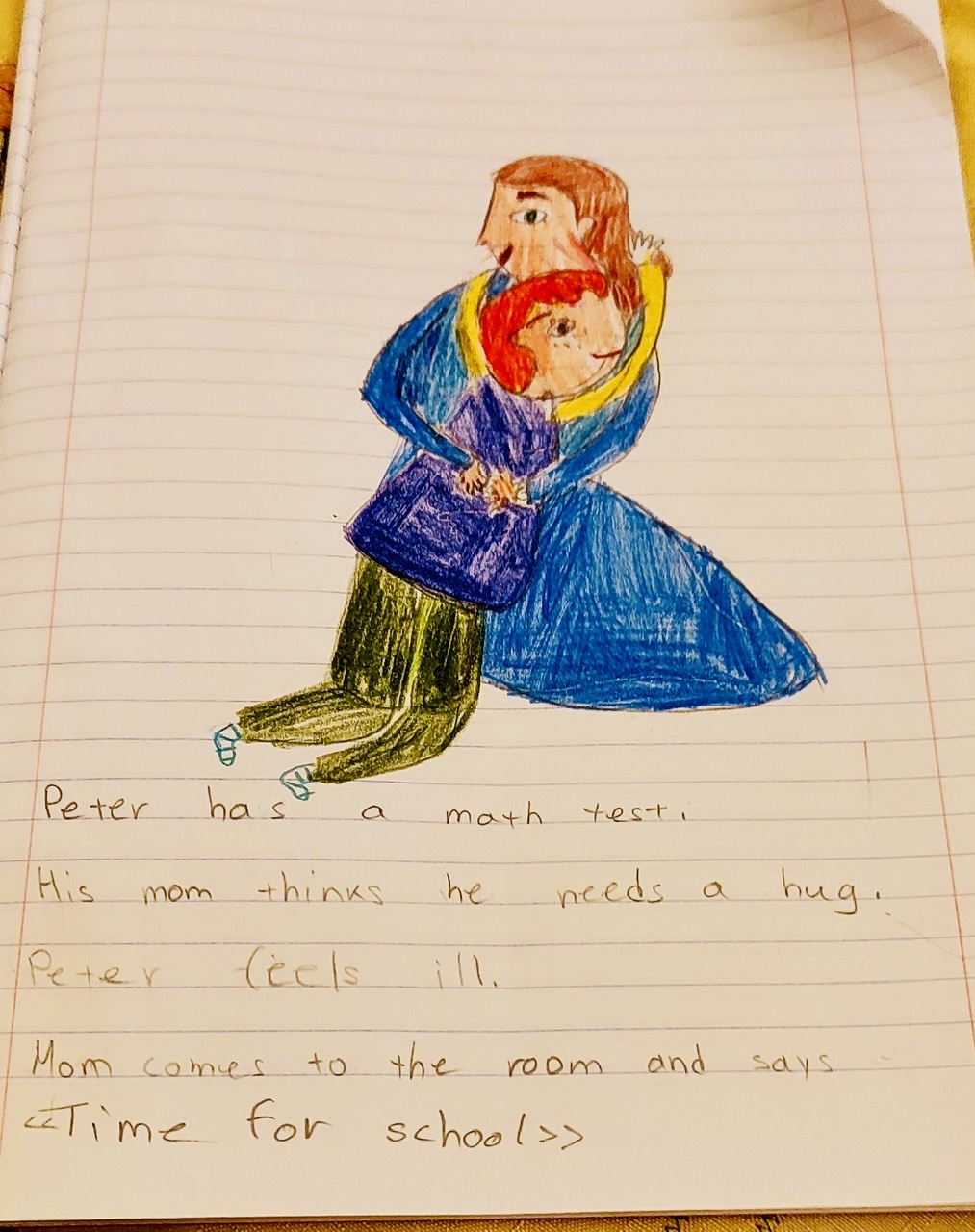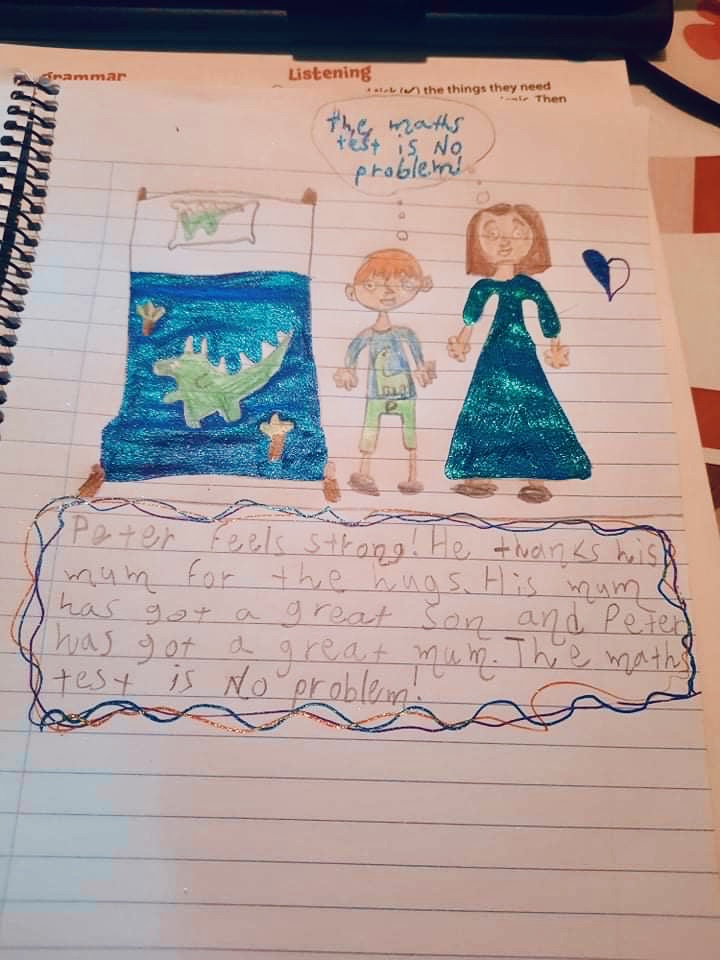Creativity in language teaching has always been a priority in our school, its most recent manifestation being the addition of the Polka Dot plays to the curriculum, with engaging activities especially made for our young learners. Those with access to the educational platform of the school can see the related material:
Having decided to flip traditional learning, we introduced Polka Dot plays into our A1-A2 classes. Before learning the different words for illnesses in their coursebooks, A’ class students (A1 level) read ‘the Maths Test’ (Polka Dot plays, Book 1, written by Herbert Puchta and Astrid Ulm), in which a boy pretends to be ill to avoid a maths test. They read the short play at home on their books and heard it on the accompanying audio app. Then, they had to play two different Wordwall activities which urged them to pay attention to specific vocabulary items from the play.
In the next lesson, we read the play once together and then the students were magically ready to present the play on camera, mostly based on their work preceding the lesson. As homework, they subsequently chose to depict and describe their favourite scene from the play in their own words, also combining the instinctive use of the present simple tense, which was our grammatical aim in the new chapter of their coursebook. Such a sense of accomplishment was derived from the recording of this presentation that when the illness word group actually came up on their coursebook, they were fully ready to use the words in sentences and handle larger dialogue.
In a similar manner, B’ class (A2 level) was introduced to vocabulary connected to animals (before the corresponding coursebook unit) through ‘Animal ABC” (Polka Dot Plays Book 2, written by Herbert Puchta and Astrid Ulm). Without any prior classroom explanation taking place, they played the Wordwall activity to help them notice the target vocabulary, printed and painted the animal masks we had posted for them on the school platform and read the play at home, making the most of its audio app, too.
The recording of this play was equally exciting for them, with the masks on and the playful animal moves. By the time the coursebook unit came, our young actors not only knew the names for different animals, but also the moves and other expressions. To round off this project, all class posted suggestions of famous songs related to animals on the school’s platform, which enabled us to compile a Spotify playlist for the learners to enjoy in their own free time.










